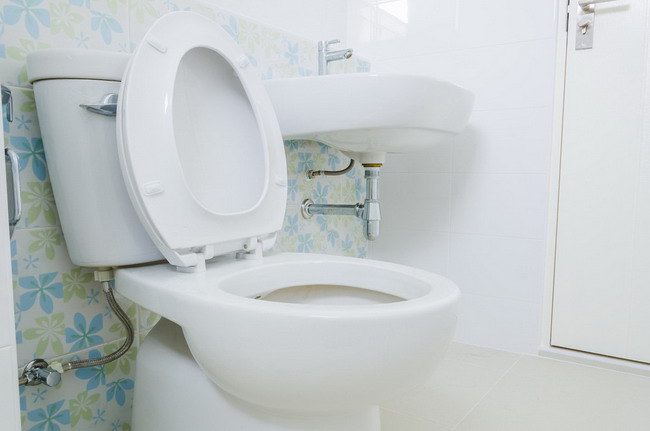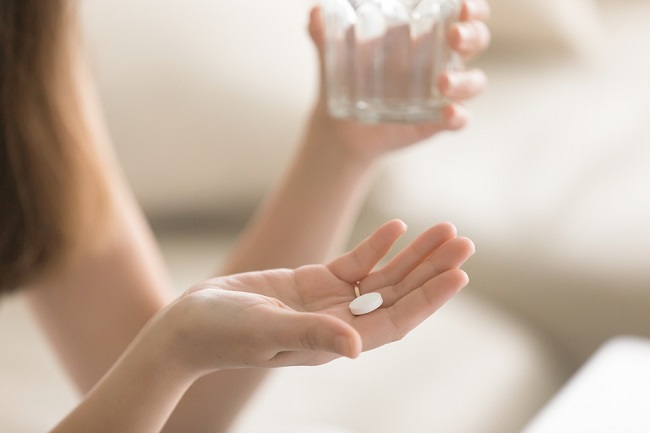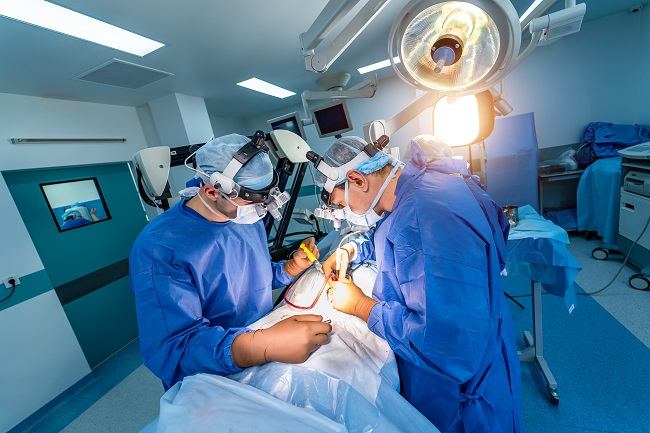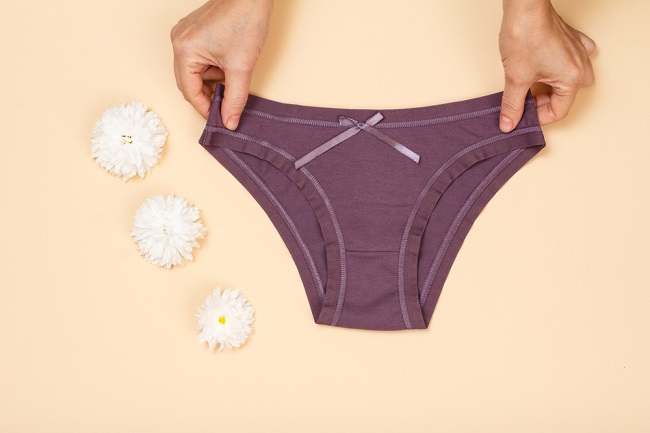Don't take it lightly when you're injured. No matter how small, wounds must be treated properly. No less important, you must know how to handle wound so that the wound does not get worse or even become infected.
Almost everyone has experienced an injury to his body. Wounds can be small and shallow, to quite deep and widespread (eg skin ulcers). Injuries can occur at any time, for example during sports, or during work and daily activities or after certain procedures, such as eyebrow embroidery. Especially if you are not careful to do it.
Various Ways to Do
When you have an injury, there are several things that must be considered in dealing with the wound. If the wound causes severe bleeding and lasts more than 20 minutes, you are advised to seek immediate medical attention to get treatment as soon as possible.

However, if the wound is mild, there are some simple steps you can take yourself to clean and treat the wound, while preventing infection in the wound:
- Wash your hands before cleaning the woundBefore touching or cleaning the wound, make sure your hands are clean and sterile. Wash your hands using soap or hand sanitizer, so that the wound is not contaminated by germs and dirt from your hands.
- Stop bleedingIf the wound is still bleeding, stop the bleeding by gently pressing the wound with gauze or a clean cloth. Press for a few minutes until the bleeding stops.
- Clean the woundAfter the bleeding stops, clean the wound with a sterile, isotonic solution, such as saline (0.9% NaCl) or slowly flowing sterile water (aqua bidest). If there is dirt on the wound, clean it gently using sterilized tweezers. Use soap only for the area around the wound, because there is a risk of causing irritation if it hits the wound.
- Carefully choose antisepticThe use of antiseptics that contain alcohol, hydrogen peroxide, or iodine is not recommended for cleaning wounds, because they can cause irritation and stinging, and slow the healing process. Instead, an antiseptic solution containing polyhexamethylene biguanide (PHMB) can be an option. A This type of antiseptic can be used as a wound cleanser and is safe for skin tissue, so it does not irritate and inhibit wound healing. In addition, PHMB is also odorless, colorless, and does not sting when used.
- Use the right bandageTo help the healing process, wrap the wound with a bandage using the appropriate size. This is useful for maintaining moisture and keeping the wound from causing infections.
- Change the bandage regularlyFor wounds wrapped in bandages, pay close attention to cleanliness. It is recommended that you change the bandage regularly, especially when the bandage is dirty or wet.
Perform the wound care method above, while still undergoing treatment according to the doctor's advice. If these methods have been applied but the wound does not heal, immediately consult a doctor. Especially if the area around the wound experiences bruising, swelling, pain that gets worse, or the wound becomes watery, because these can be signs that the wound has an infection.









